Home>Furniture & Design>Bathroom Accessories>How To Dispose Of An Old Bathtub
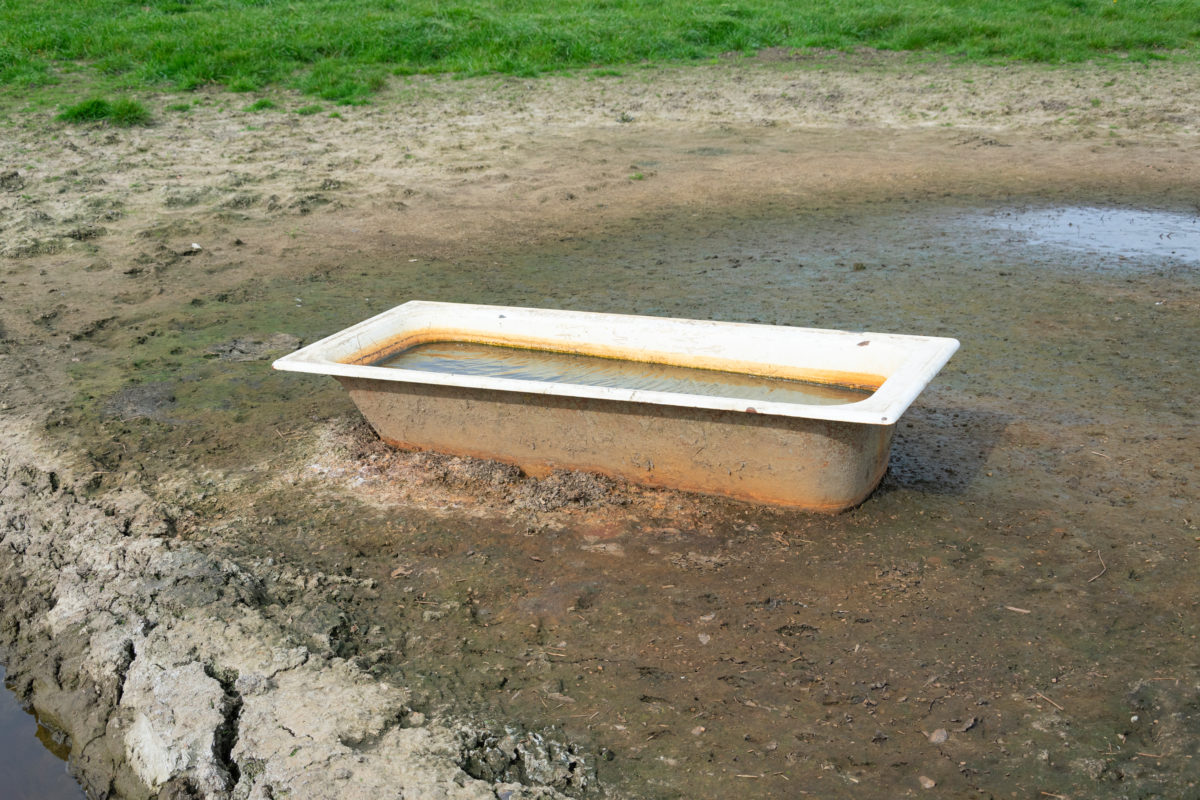

Bathroom Accessories
How To Dispose Of An Old Bathtub
Modified: March 2, 2024
Learn the best ways to dispose of an old bathtub and make room for new bathroom accessories. Find eco-friendly disposal options and declutter your space efficiently.
(Many of the links in this article redirect to a specific reviewed product. Your purchase of these products through affiliate links helps to generate commission for Storables.com, at no extra cost. Learn more)
Introduction
When it comes to home renovations, one of the most challenging tasks can be disposing of an old bathtub. Whether you're upgrading to a sleek, modern tub or converting your bathroom into a spa-like retreat, getting rid of the old bathtub is a crucial step in the process. However, this undertaking can seem daunting at first glance. Fear not, as with the right guidance and a bit of elbow grease, you can successfully navigate this endeavor.
In this comprehensive guide, we will walk you through the step-by-step process of disposing of an old bathtub. From preparing the area and disconnecting the plumbing to safely removing the tub and tidying up the space, we've got you covered. By following these instructions, you'll be well-equipped to tackle this project with confidence and efficiency.
So, if you're ready to bid farewell to your old bathtub and make way for a fresh, new look in your bathroom, let's dive into the details. With the right approach and a willingness to roll up your sleeves, you'll soon be on your way to transforming your bathroom into the oasis you've always dreamed of. Let's get started!
Key Takeaways:
- Say goodbye to your old bathtub by following these steps: prepare the area, disconnect plumbing, remove the tub, dispose of it responsibly, and clean up for a fresh new bathroom look!
- Don’t stress about getting rid of your old bathtub. Just follow these steps: prepare the area, disconnect plumbing, remove the tub, dispose of it responsibly, and clean up for a brand new bathroom!
Read more: How To Dispose Of Old Glassware
Step 1: Prepare the Area
Before embarking on the task of disposing of an old bathtub, it's essential to prepare the surrounding area to ensure a smooth and safe process. Here's a detailed breakdown of the steps involved in preparing the area for the bathtub disposal:
-
Clear the Surrounding Space: Begin by removing any items or obstacles near the bathtub. This includes toiletries, bath mats, shower curtains, and any other accessories in the vicinity. Clearing the space will provide ample room to maneuver and work effectively.
-
Protect the Flooring: Next, safeguard the flooring around the bathtub to prevent any damage during the removal process. Lay down protective materials such as drop cloths or cardboard to create a barrier between the tub and the floor. This precautionary measure will help mitigate the risk of scratches, dents, or other forms of damage.
-
Ventilate the Area: Proper ventilation is crucial when working on a task that involves dust, debris, or potential odors. Open windows and doors to allow fresh air to circulate through the space. If possible, consider using fans to improve air circulation and minimize the accumulation of dust particles.
-
Gather Essential Tools: Assemble the necessary tools and equipment required for the bathtub removal. This may include a utility knife, adjustable wrench, screwdriver, pry bar, and safety goggles. Having these tools readily available will streamline the process and ensure that you're well-prepared for the task at hand.
-
Protective Gear: Prioritize safety by donning appropriate protective gear. This may include work gloves to shield your hands from sharp edges and debris, as well as safety goggles to protect your eyes during the removal process.
By meticulously preparing the area before initiating the bathtub disposal, you'll create a conducive environment for a successful and efficient removal process. Taking these preliminary steps will not only streamline the task but also contribute to a safer and more organized work environment. With the area primed and ready, you're now set to proceed to the next phase of disconnecting the plumbing.
Remember, thorough preparation sets the stage for a seamless and hassle-free bathtub disposal process.
Step 2: Disconnect the Plumbing
Disassembling the plumbing connections is a critical step in the process of removing an old bathtub. This phase requires careful attention to detail and a methodical approach to ensure that the plumbing components are safely and effectively disconnected. Here's a comprehensive guide on how to navigate this pivotal stage of the bathtub disposal process:
-
Turn Off the Water Supply: Begin by shutting off the water supply to the bathtub. Locate the shut-off valves for both hot and cold water lines and turn them clockwise to stop the flow of water. It's essential to verify that the water supply is completely turned off before proceeding to the next steps.
-
Drain the Water: After turning off the water supply, open the bathtub faucet to drain any remaining water from the pipes. This step will help minimize the risk of water leakage and ensure a smoother disconnection process.
-
Access the Plumbing Connections: Depending on the bathtub's installation, you may need to access the plumbing connections from the access panel or underneath the tub. Use a flashlight to illuminate the area and locate the plumbing fixtures, including the drain, overflow, and water supply lines.
-
Disconnect the Drain: Using a wrench, carefully loosen and remove the nuts securing the drain pipe to the bathtub's drain assembly. Once the nuts are detached, gently pull the drain pipe away from the drain assembly. Be prepared for residual water to drain out during this step.
-
Detach the Overflow Assembly: If your bathtub features an overflow assembly, proceed to disconnect it from the tub. Similar to the drain, use a wrench to loosen and remove the nuts securing the overflow pipe. Once detached, carefully maneuver the overflow assembly away from the bathtub.
-
Disconnect the Water Supply Lines: Locate the hot and cold water supply lines connected to the bathtub. Use an adjustable wrench to loosen the nuts securing the water supply lines to the faucet or water inlet. Once loosened, carefully disconnect the water supply lines from the bathtub.
-
Cap the Water Lines: After disconnecting the water supply lines, cap the exposed ends of the lines to prevent any residual water from leaking. This precautionary measure will help maintain a clean and dry work environment as you proceed with the bathtub removal.
By meticulously following these steps to disconnect the plumbing, you'll effectively prepare the bathtub for safe and seamless removal. With the plumbing disengaged, you're now ready to advance to the next phase of the disposal process: removing the bathtub from its current location.
Step 3: Remove the Bathtub
With the plumbing disconnected and the area prepared, it's time to tackle the pivotal task of removing the old bathtub from its current position. This phase demands careful planning, physical exertion, and a methodical approach to ensure a successful extraction. Here's a detailed breakdown of the steps involved in removing the bathtub:
-
Assess the Accessibility: Before initiating the removal process, assess the accessibility of the bathtub. Depending on the installation and surrounding structures, you may need to create additional space or disassemble certain fixtures to facilitate the extraction. Clear any obstacles that may impede the removal path and ensure that there is ample room to maneuver.
-
Enlist Assistance: Removing a bathtub is a labor-intensive task that often requires more than one set of hands. Enlist the help of a friend or family member to assist with lifting and maneuvering the tub. Collaborative efforts will not only make the process safer but also more manageable.
-
Protective Measures: Prioritize safety by wearing appropriate protective gear, including work gloves and sturdy footwear. Additionally, consider using a dust mask to minimize inhalation of dust and debris during the removal process.
-
Detach Surrounding Fixtures: If the bathtub is surrounded by wall tiles or other fixtures, carefully detach or dismantle these components to create clearance for the tub's extraction. Use a utility knife or appropriate tools to remove any caulking or sealant securing the bathtub to the walls.
-
Lift and Maneuver: With the assistance of your partner, carefully lift the bathtub from its position. Exercise caution to avoid strain or injury during the lifting process. Depending on the weight and size of the tub, consider using moving straps or a dolly to aid in the maneuvering process.
-
Clear the Path: As you navigate the tub out of its location, ensure that the removal path is clear of any obstacles. Communicate effectively with your partner to coordinate movements and ensure a smooth transition as the bathtub is guided out of the bathroom.
-
Dispose of the Tub: Once the bathtub is successfully removed from the bathroom, determine the disposal method. If the tub is in salvageable condition, consider donating it to a local charity or Habitat for Humanity ReStore. Alternatively, if the tub is beyond repair, arrange for its proper disposal in accordance with local regulations.
By meticulously following these steps, you'll effectively remove the old bathtub from its location, paving the way for the next phase of the renovation process. With the tub successfully extracted, you're now poised to proceed to the final stage: disposing of the bathtub responsibly.
You can dispose of an old bathtub by contacting your local waste management facility to see if they offer a bulky item pickup service. You can also check if there are any recycling centers that accept old bathtubs for recycling.
Step 4: Dispose of the Bathtub
Once the old bathtub has been successfully removed from its original location, the next crucial step is to responsibly dispose of it. Proper disposal is essential to ensure environmental sustainability and compliance with local regulations. Here's a comprehensive guide on how to effectively manage the disposal of the old bathtub:
-
Assess the Condition: Begin by assessing the condition of the old bathtub. Determine whether it is salvageable and suitable for reuse. If the tub is in relatively good condition and can be refurbished, consider exploring options for donation or resale. However, if the bathtub is damaged beyond repair, it will need to be disposed of in an appropriate manner.
-
Explore Recycling Options: Old bathtubs, particularly those made of materials such as cast iron or steel, can often be recycled. Research local recycling facilities or scrap metal yards that accept old bathtubs. Recycling the materials not only minimizes waste but also contributes to sustainable resource management.
-
Contact Waste Management Services: Inquire with local waste management services or recycling centers regarding their policies on disposing of large household items such as bathtubs. Some municipalities offer special collection services for bulky items, providing a convenient and responsible disposal solution.
-
Arrange for Pickup or Drop-Off: If your local waste management services offer pickup or drop-off options for large items, schedule a convenient time for the bathtub to be collected or delivered to the designated facility. Ensure that the transportation and handling comply with safety guidelines and regulations.
-
Consider Repurposing: Get creative with repurposing the old bathtub. Upcycling enthusiasts often find innovative ways to transform old bathtubs into unique furniture pieces, planters, or decorative elements for outdoor spaces. If repurposing aligns with your interests, explore potential DIY projects to give the bathtub a new lease on life.
-
Seek Professional Assistance: If you're uncertain about the best disposal method for the old bathtub, consider consulting with waste management professionals or environmental services. They can offer expert guidance on the most environmentally friendly and compliant disposal options available in your area.
By conscientiously addressing the disposal of the old bathtub, you'll contribute to sustainable waste management practices while clearing the way for the installation of a new, rejuvenating fixture in your bathroom. With the bathtub responsibly disposed of, you're one step closer to realizing your vision for a refreshed and inviting bathroom space.
Read more: How To Dispose Of Old Blinds
Step 5: Clean Up the Area
After the old bathtub has been successfully removed and responsibly disposed of, it's essential to focus on restoring the bathroom space to its original condition. Cleaning up the area is a crucial final step that ensures a seamless transition to the next phase of your renovation project. Here's a detailed guide on how to effectively clean up the area following the bathtub removal:
-
Remove Debris and Residues: Begin by clearing the area of any debris, dust, or residues left behind from the removal process. Use a broom or vacuum to thoroughly sweep and clean the floor, paying attention to corners and crevices where debris may accumulate.
-
Inspect and Repair Flooring: Take the opportunity to inspect the flooring beneath the old bathtub. Check for any signs of damage, moisture, or wear and tear. If necessary, address any flooring issues, such as water damage or deteriorated subflooring, before proceeding with the installation of a new fixture.
-
Clean and Disinfect Surfaces: Wipe down the surrounding surfaces, including walls, tiles, and fixtures, to remove any dust, grime, or residues. Use a mild cleaning solution and a sponge or cloth to disinfect and refresh the area, creating a clean canvas for the next phase of your renovation project.
-
Reinstall or Replace Fixtures: If any fixtures or components were temporarily removed to facilitate the bathtub removal, now is the time to reinstall or replace them. This may include reattaching baseboards, reinstalling access panels, or restoring any fixtures that were temporarily detached.
-
Seal Gaps and Caulking: Inspect the areas where the bathtub was previously installed, and assess the condition of the caulking and seals. If necessary, reapply caulking to ensure a watertight seal around the perimeter of the space where the new fixture will be installed.
-
Prepare for the Next Installation: Finally, prepare the cleaned area for the installation of the new bathtub or alternative fixture. Ensure that the space is dry, free of debris, and ready for the next phase of your renovation project.
By meticulously cleaning up the area following the bathtub removal, you'll create a fresh and inviting space that sets the stage for the installation of a new fixture. This attention to detail not only enhances the aesthetics of your bathroom but also ensures a smooth transition to the next phase of your renovation journey.
Conclusion
In conclusion, the process of disposing of an old bathtub involves a series of meticulous steps, from preparing the area and disconnecting the plumbing to removing the bathtub and responsibly managing its disposal. By following the comprehensive guide outlined in this article, you've gained valuable insights into the intricacies of this undertaking. Each phase of the bathtub disposal process is essential for ensuring a seamless transition from the old fixture to a rejuvenated bathroom space.
As you embark on this journey, it's important to approach the task with a blend of patience, preparedness, and a commitment to environmental responsibility. Thoroughly preparing the area sets the stage for a safe and organized removal process, while disconnecting the plumbing demands careful attention to detail and adherence to safety protocols. The physical exertion involved in removing the bathtub underscores the significance of enlisting assistance and prioritizing protective measures.
Furthermore, the responsible disposal of the old bathtub underscores the importance of sustainable waste management practices. Whether exploring recycling options, arranging for professional pickup, or considering creative repurposing, your conscientious approach to disposal contributes to environmental sustainability and community well-being.
Finally, as you clean up the area following the bathtub removal, you're not only restoring the space to its original condition but also preparing for the installation of a new fixture that will breathe new life into your bathroom. This meticulous attention to detail ensures a smooth transition to the next phase of your renovation project, setting the stage for the realization of your vision for a refreshed and inviting bathroom space.
In essence, the disposal of an old bathtub is not merely a practical task but an opportunity to embrace the transformative power of renovation. By navigating each phase of the process with diligence and care, you're not only bidding farewell to an old fixture but also laying the groundwork for a revitalized and rejuvenated bathroom environment. With the knowledge and insights gained from this guide, you're well-equipped to embark on this journey with confidence and efficiency, ultimately transforming your bathroom into a personalized oasis of comfort and style.
Frequently Asked Questions about How To Dispose Of An Old Bathtub
Was this page helpful?
At Storables.com, we guarantee accurate and reliable information. Our content, validated by Expert Board Contributors, is crafted following stringent Editorial Policies. We're committed to providing you with well-researched, expert-backed insights for all your informational needs.
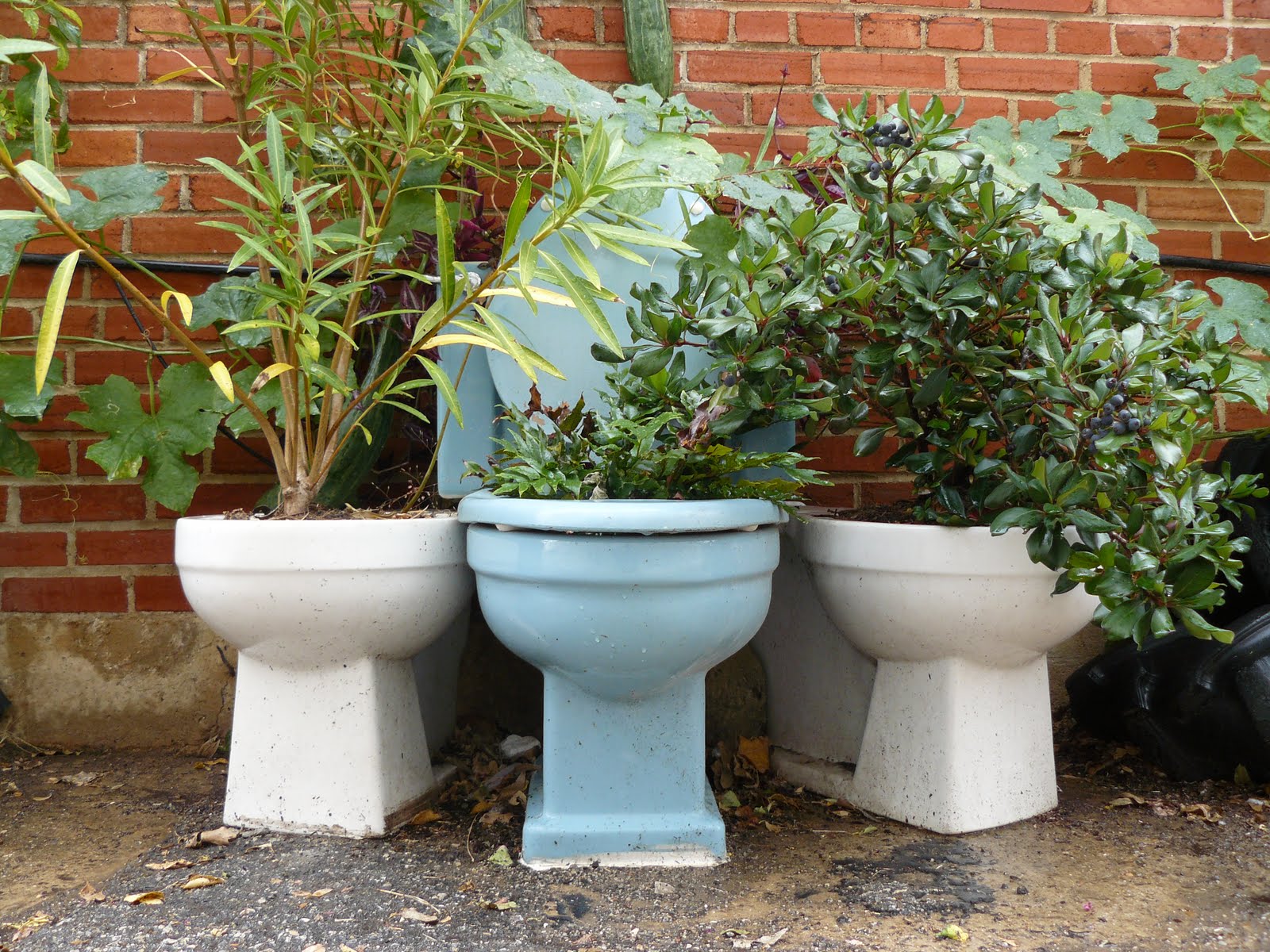
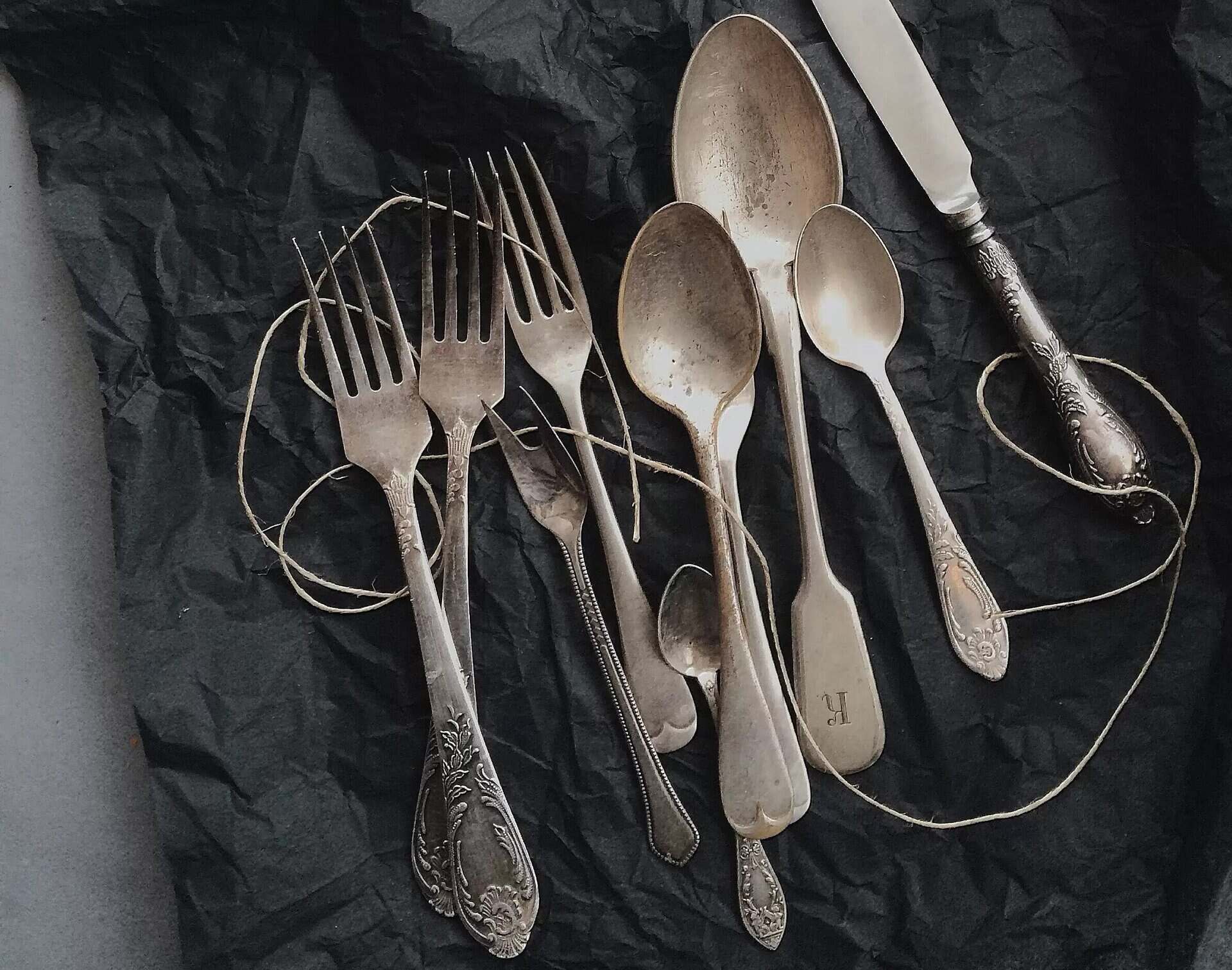
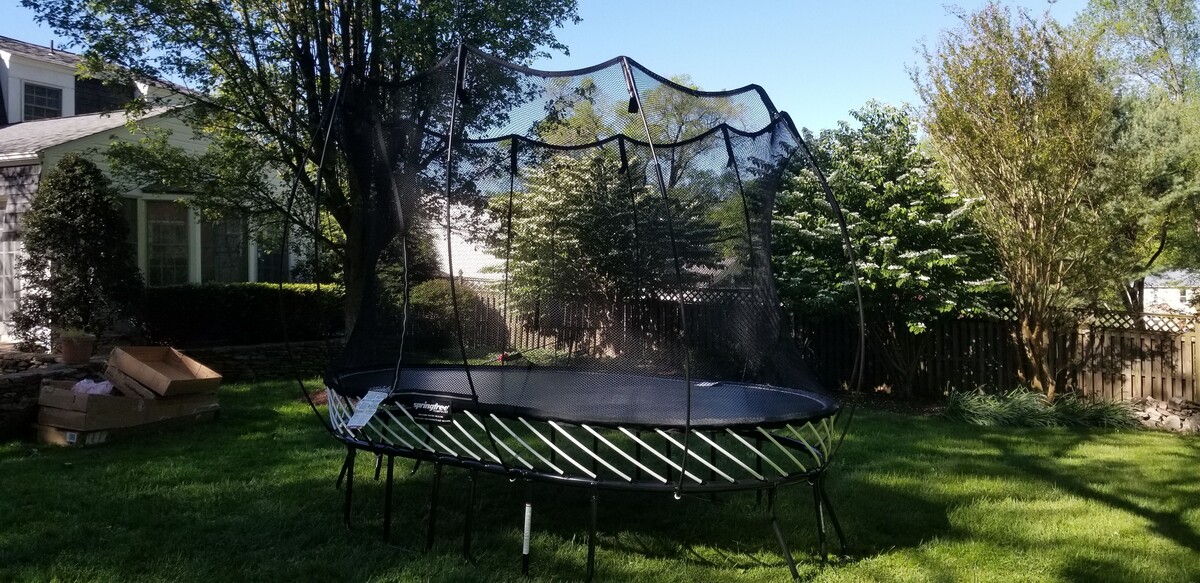
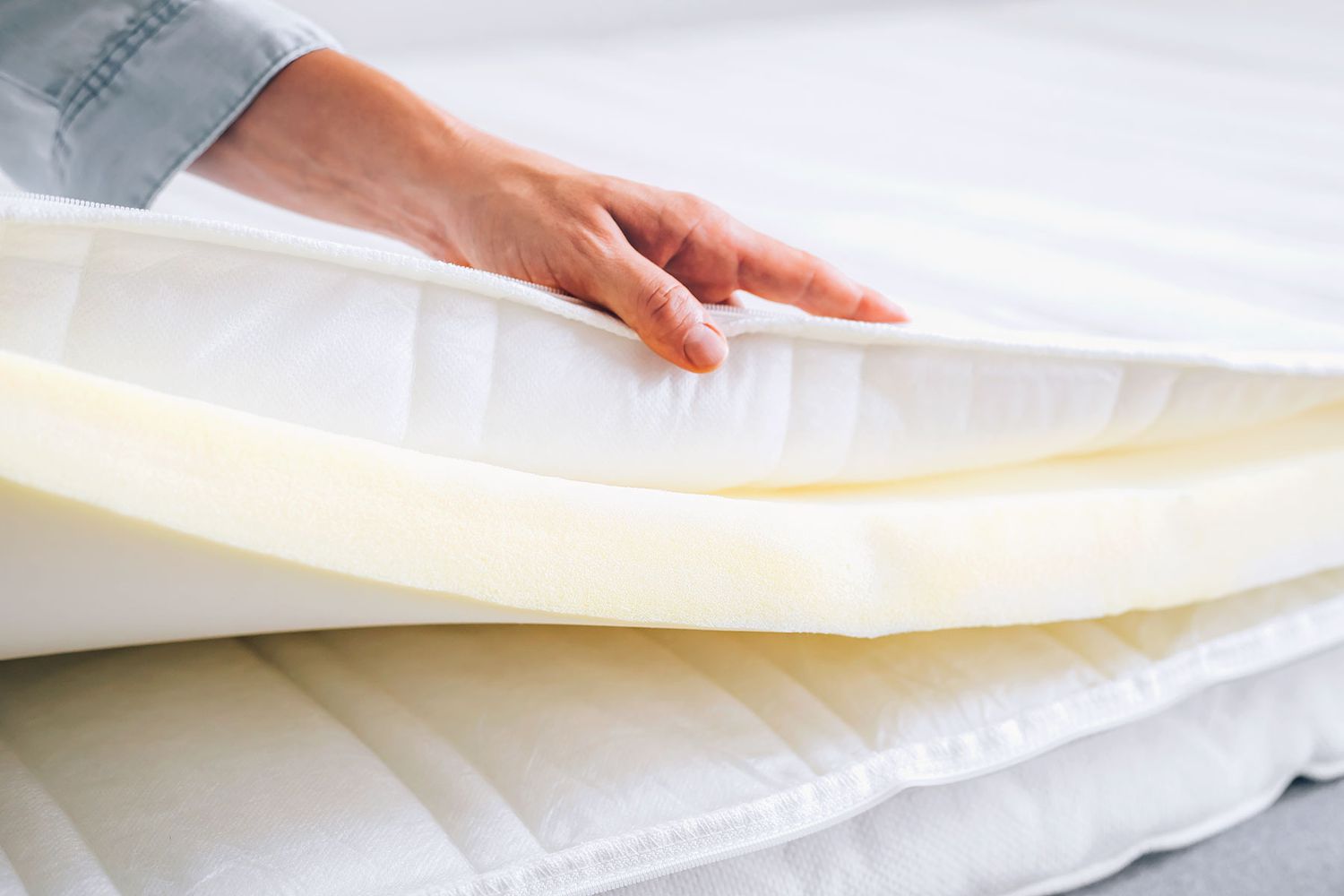
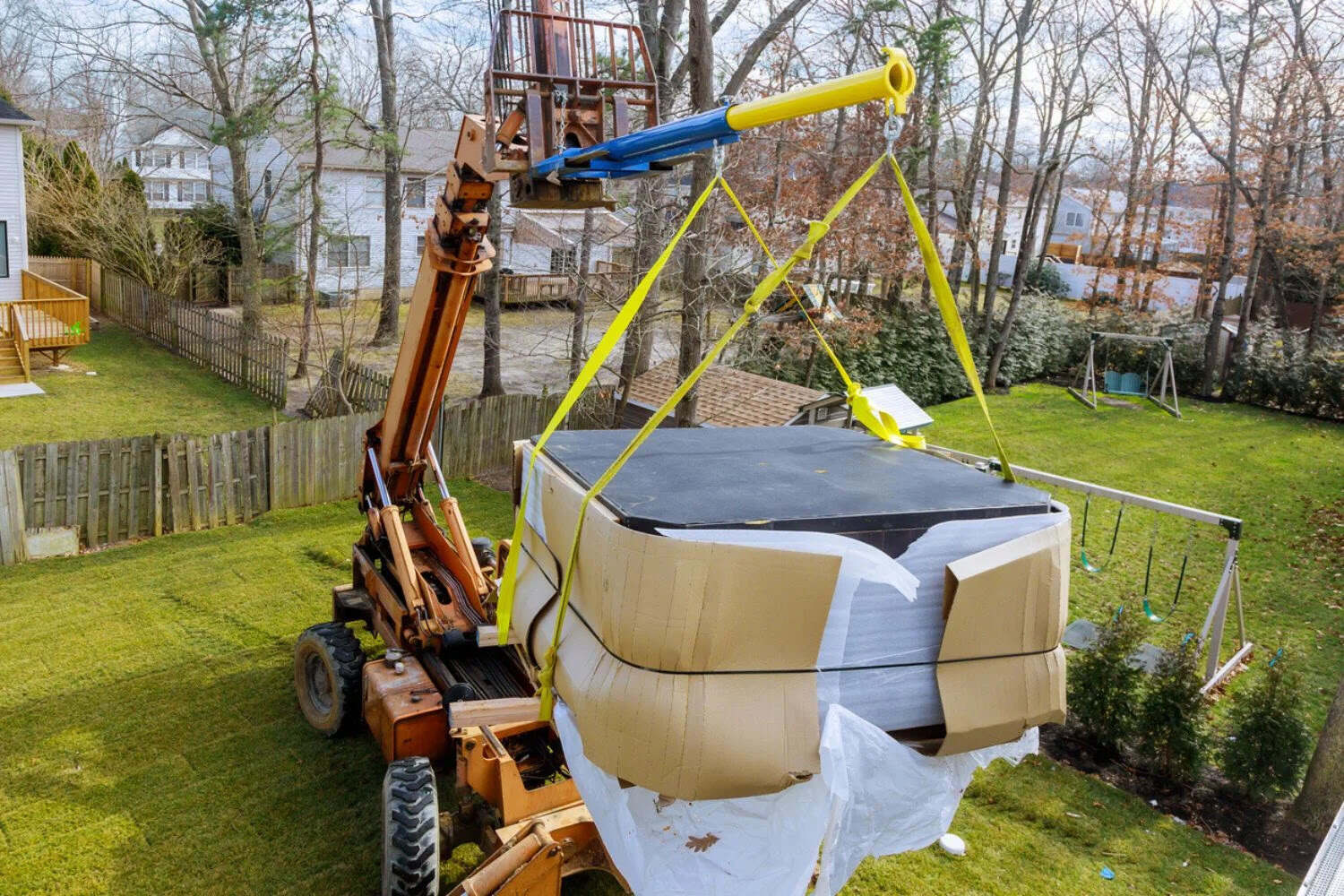
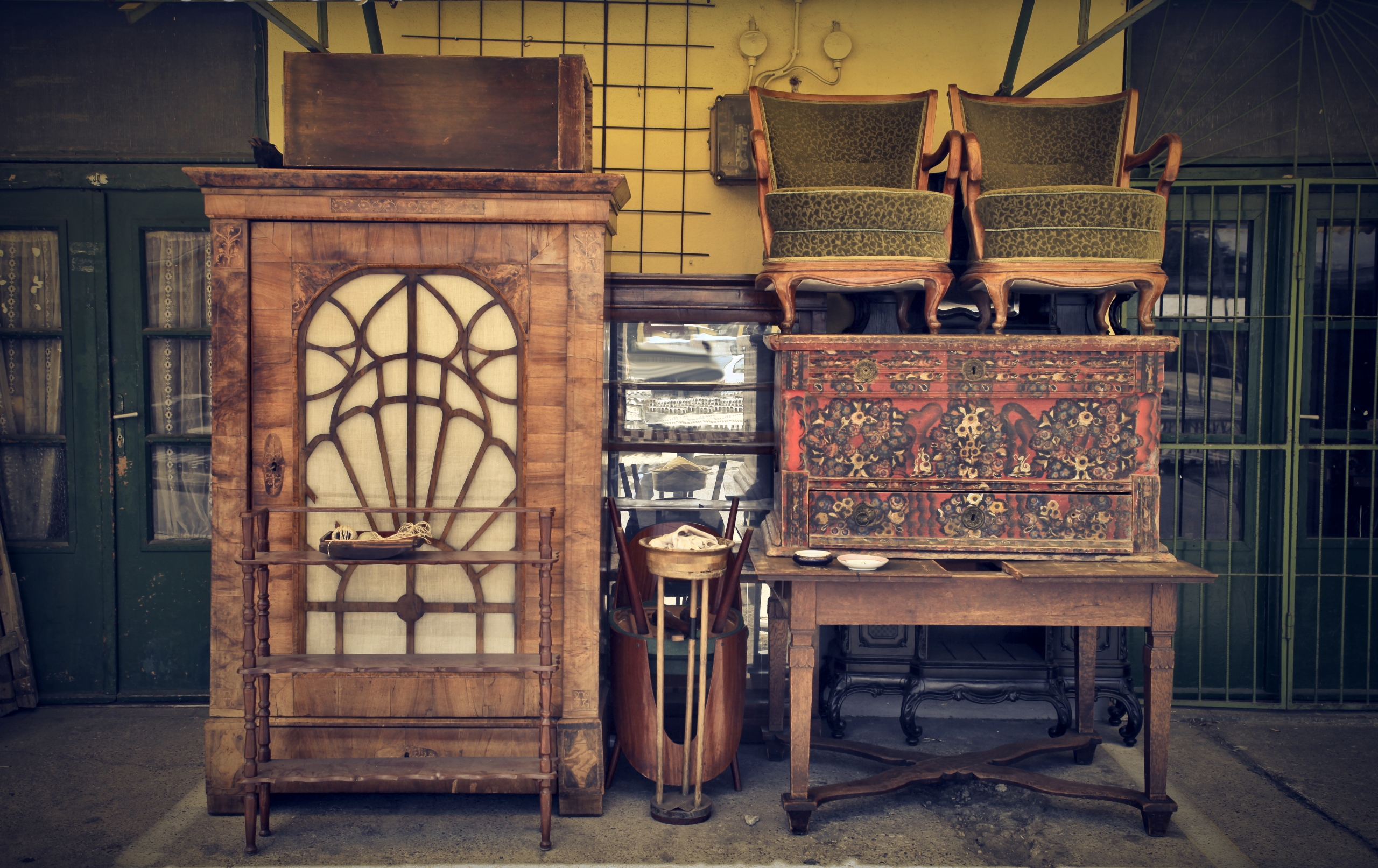
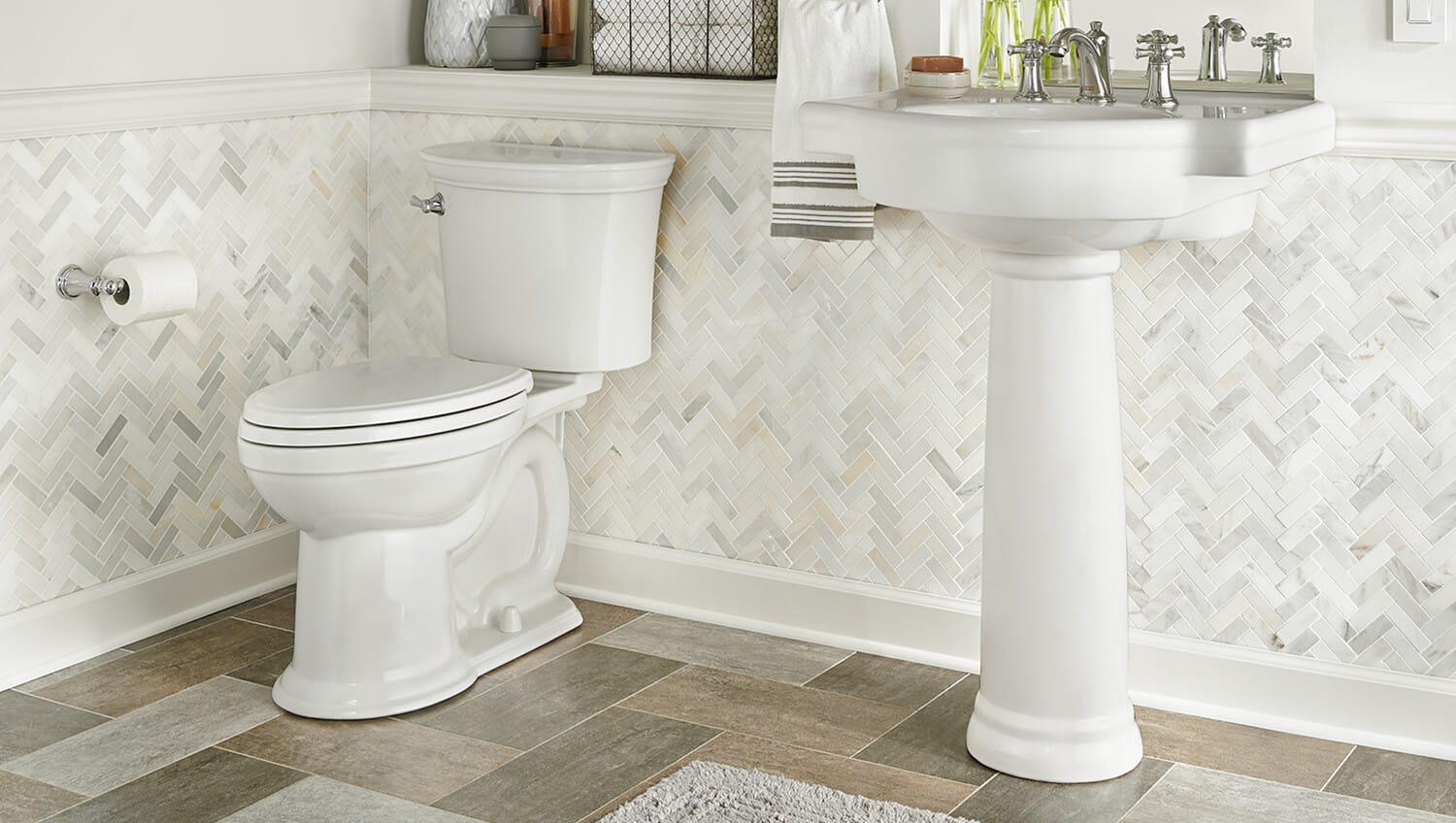
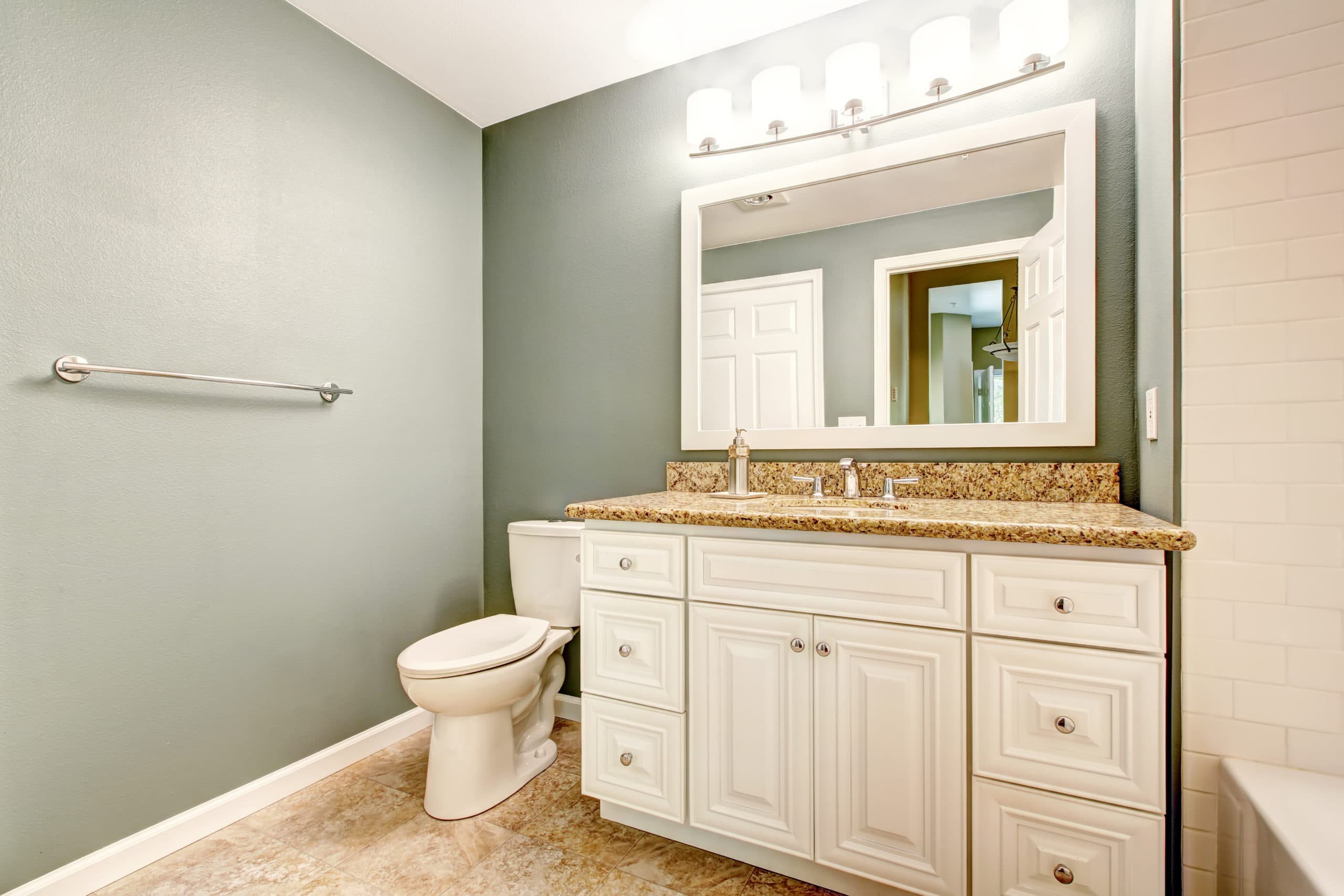
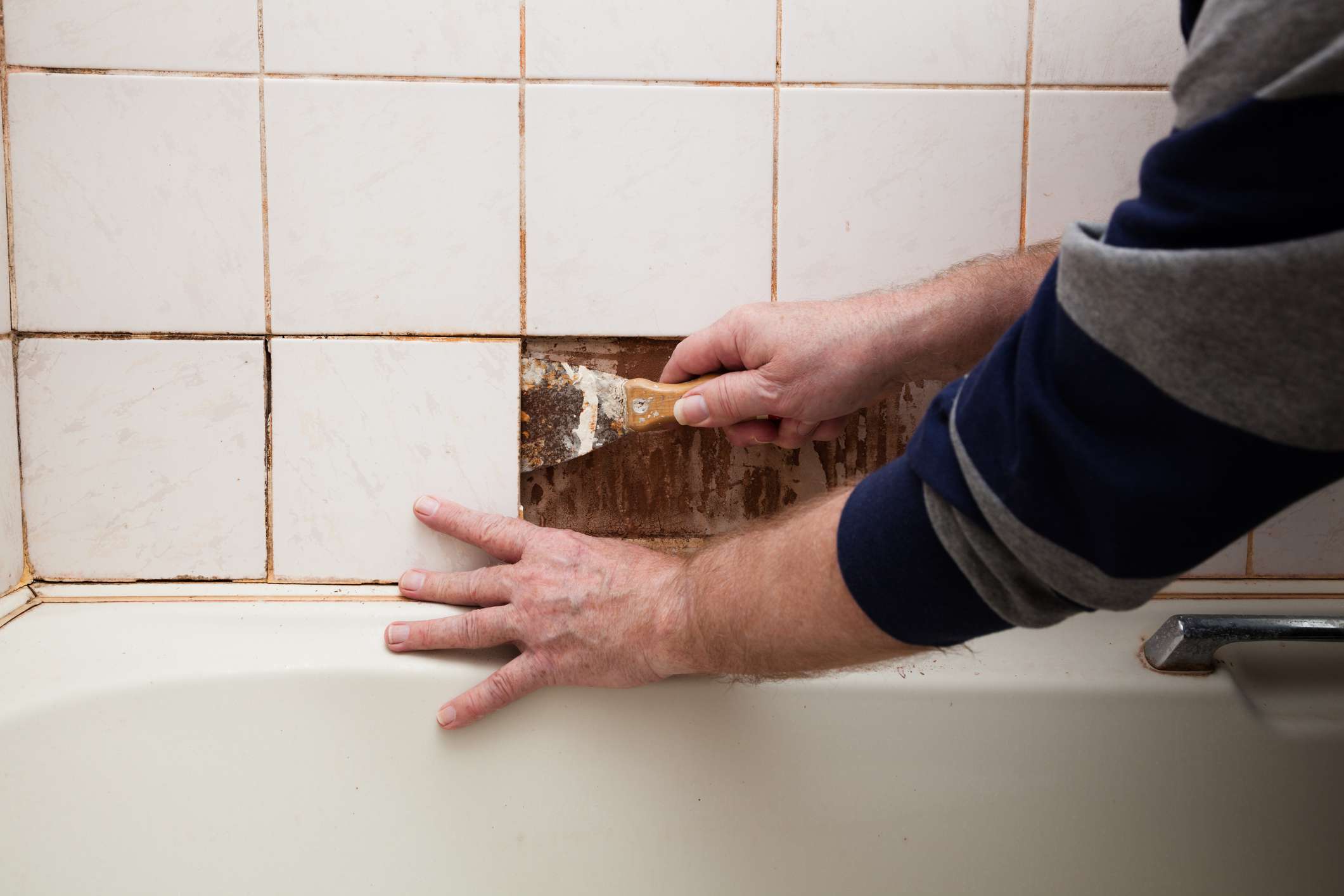
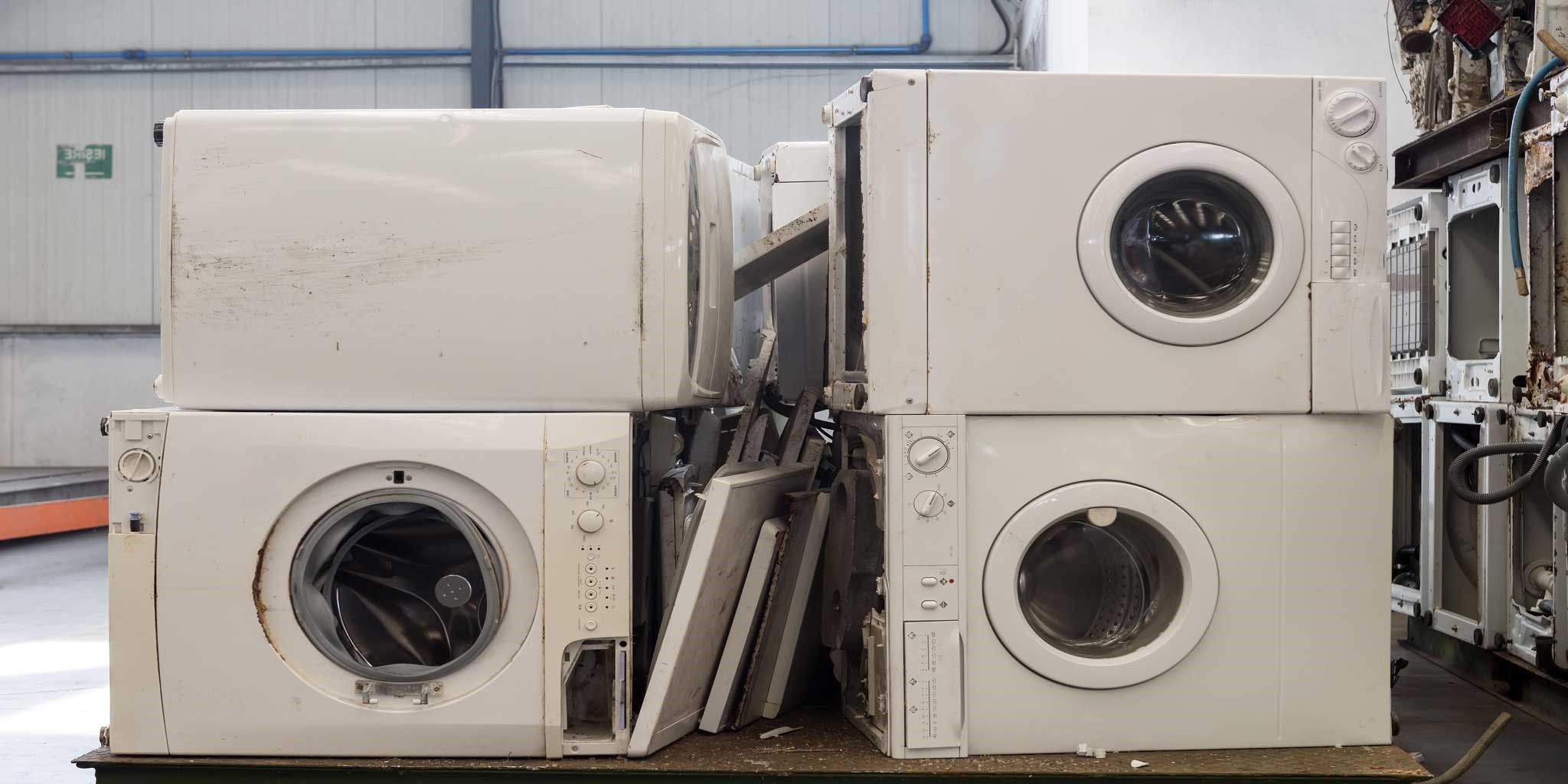
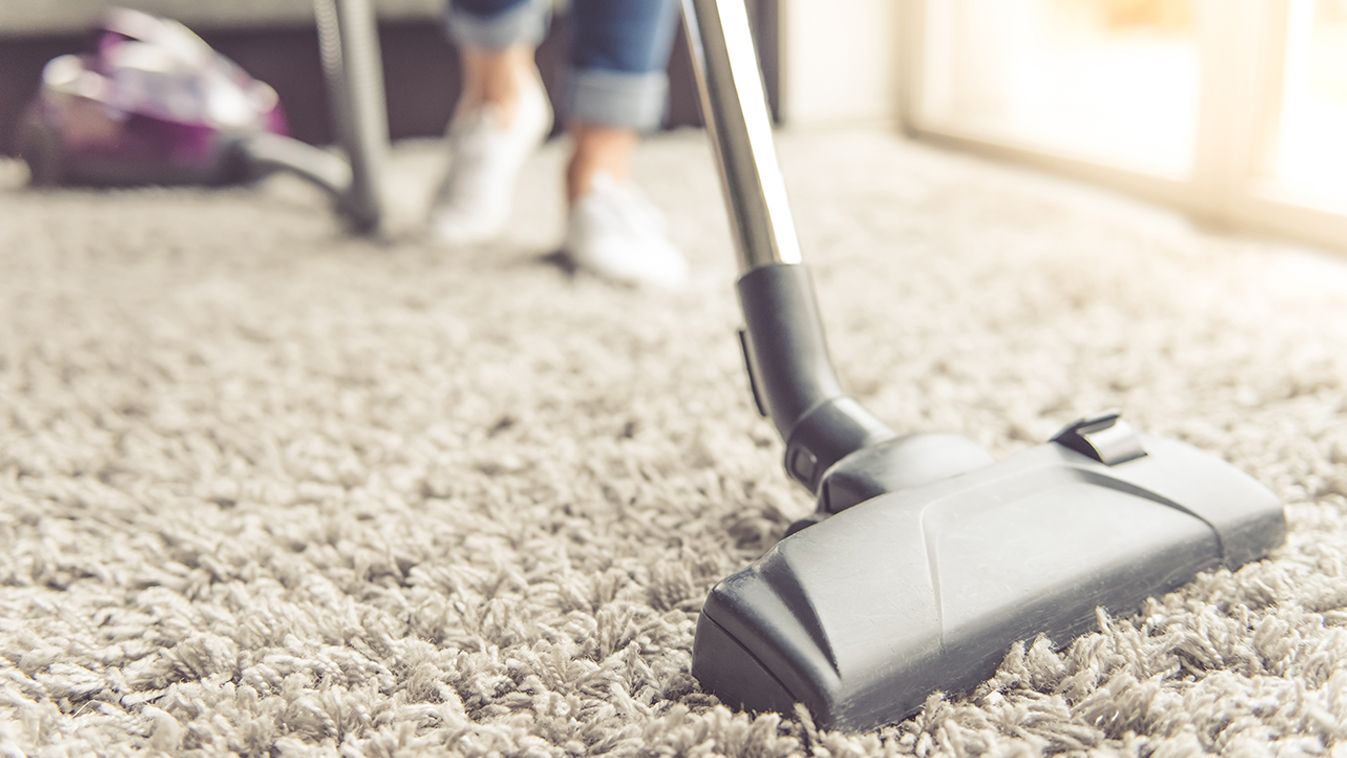
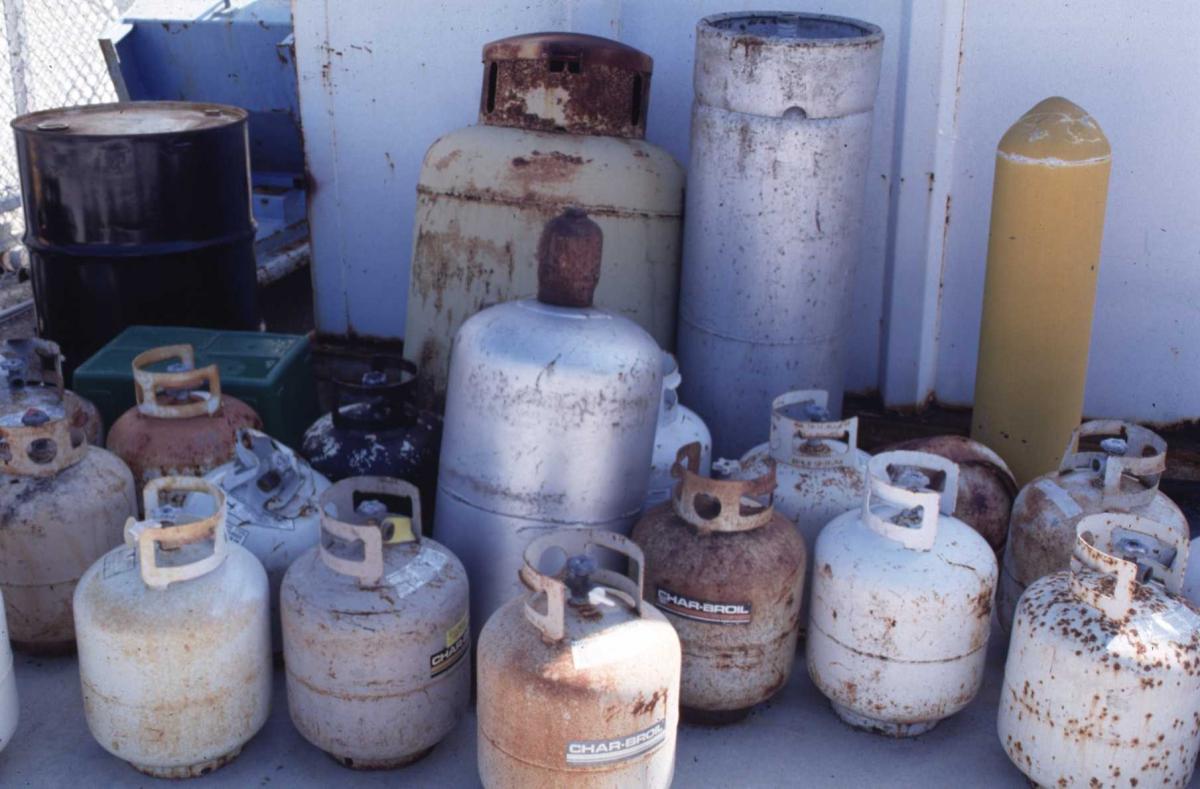
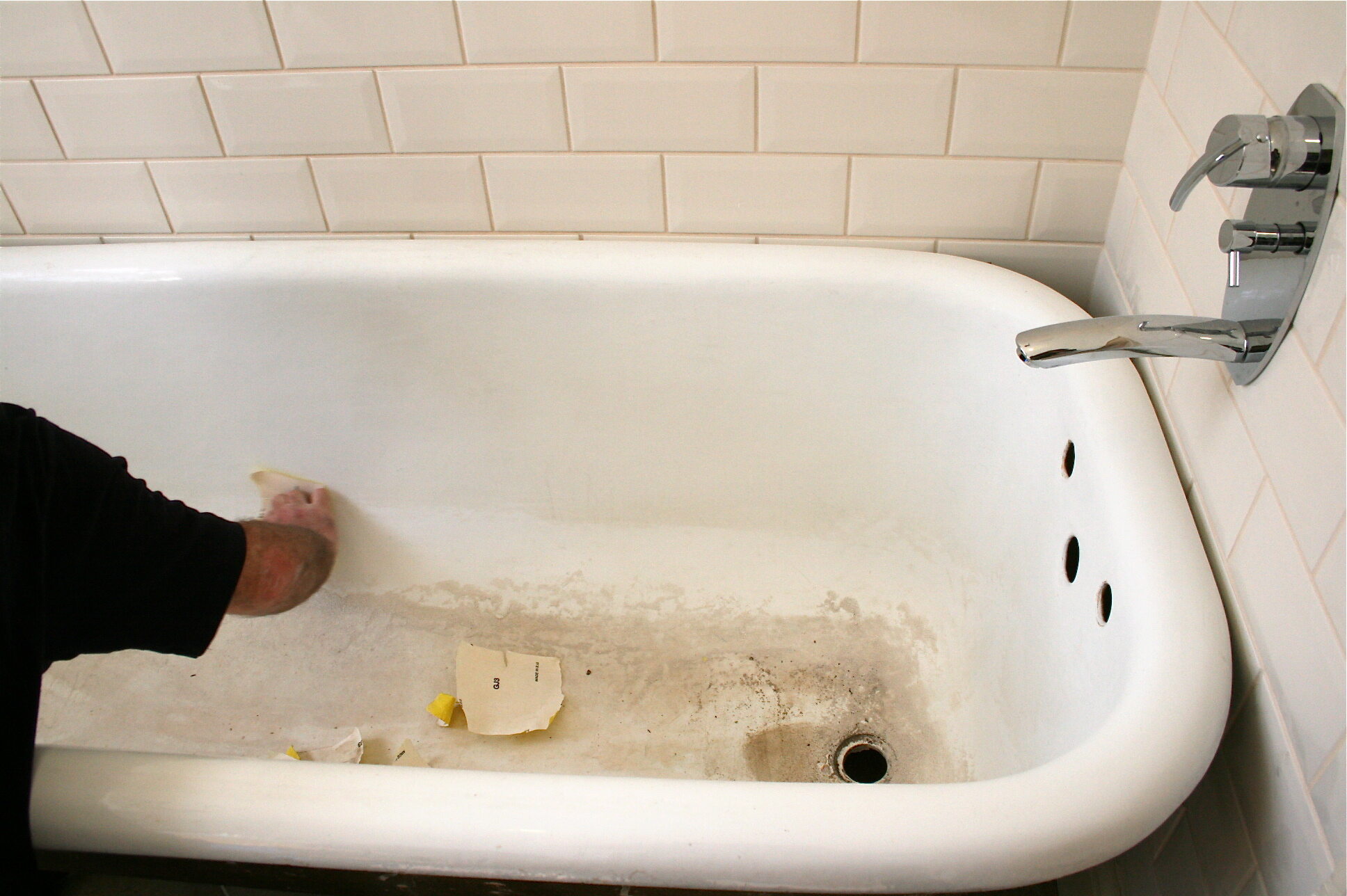
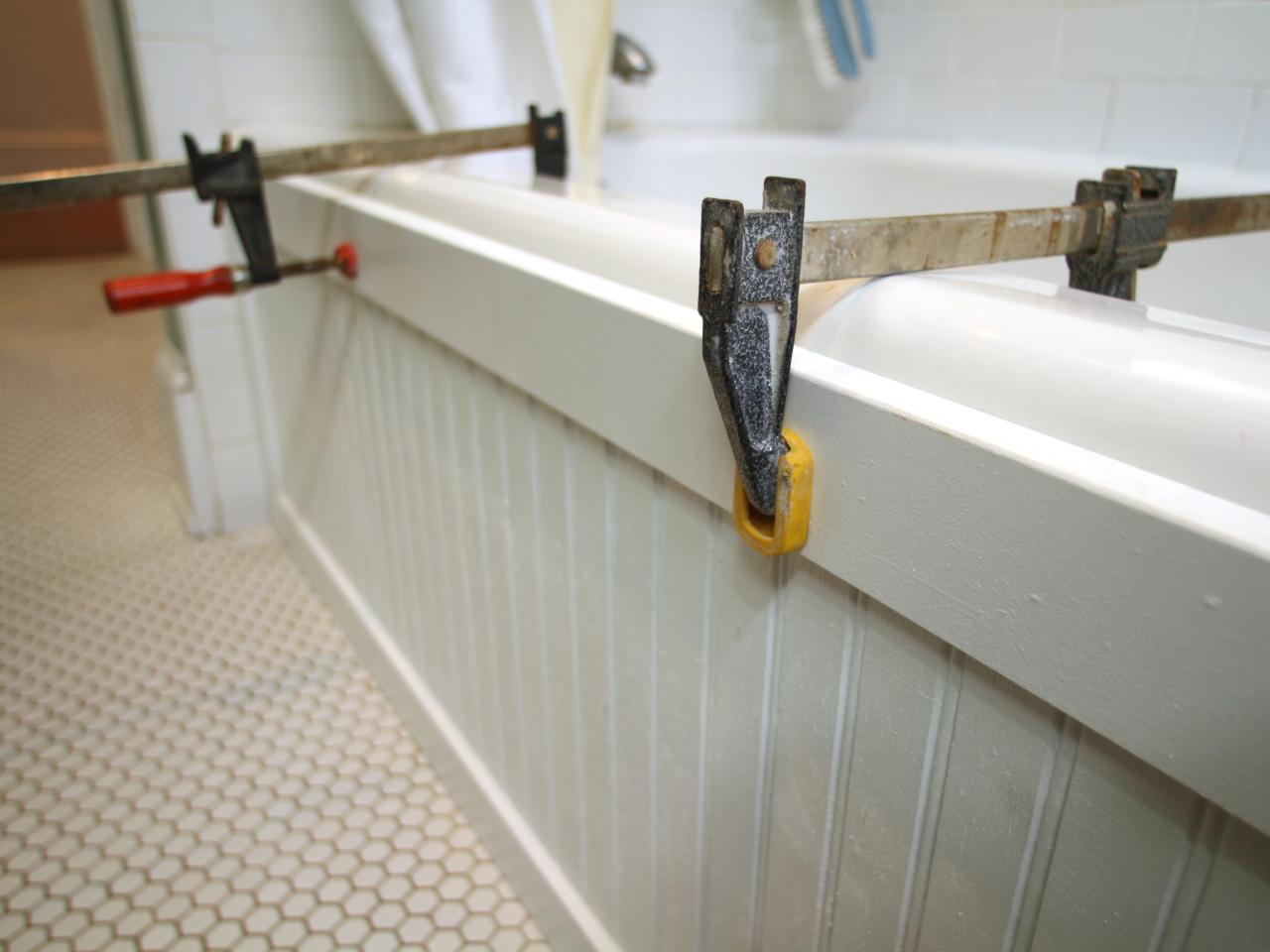

0 thoughts on “How To Dispose Of An Old Bathtub”